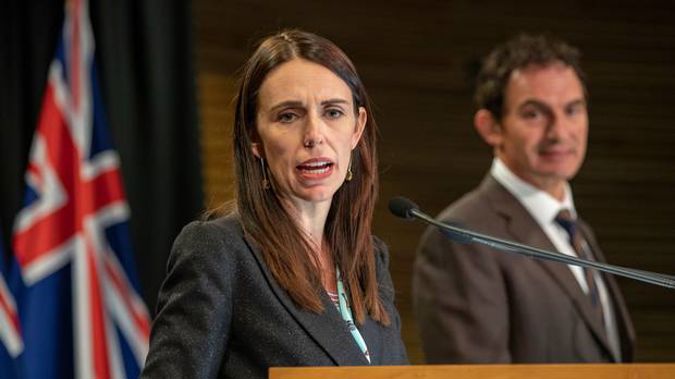There is little evidence that the Government's gun buyback scheme would avoid future gun-related death and injury, the Treasury advised the Government.
But Police Association president Chris Cahill says it is common sense that fewer dangerous firearms in the community would lead to less gun-related harm, as it has in Australia.
The advice from Treasury, released today on the Treasury website, came on March 20, five days after the Christchurch terrorist attack.

It was also one day before Prime Minister Jacinda Ardern and Police Minister Stuart Nash announced that most military-style semi-automatics and assault rifles would be outlawed and a buyback scheme would be developed.
Treasury supported the option of a buyback scheme in a report to Finance Minister Grant Robertson on March 20, but its next preferred option for funding a buyback scheme was to axe it completely and simply have an amnesty for people to hand in prohibited firearms.
Among the pros listed, the report says: "Lack of evidence that gun buy-back will avoid future gun-related death and injury, so this option may achieve some of the benefits
without associated costs."
Others include "saves cost of buy-back" and smaller administration costs.
The only con is: "Likely to result in less firearms being handed back than if compensation is provided, however, it is difficult to quantify the difference compensation will make."
Ardern and Nash have continually pointed to safety as the main reason for the buyback and amnesty, saying that removing these firearms from communities would lead to safer communities.
The firearms community has pushed back on this, saying that the amnesty and buyback are targeting law-abiding people and will not prevent another March 15-type attack.
- Auditor-General to assess 'effectiveness' of gun buyback scheme
- David Seymour Speech on Second Tranche of Gun Laws
- Gun-loving 13yo girl writes angry letter to Jacinda Ardern about semi-automatic ban
- More bad news for shooters and dealers.
At the Police Association annual conference in Wellington on Tuesday, Nash again talked up how the buyback scheme was making a difference.
There have so far been about 30,000 prohibited weapons have been handed over to police, and $56 million had been paid out.
"That's 30,000 weapons designed to kill people – not deer or goats or possums or rabbits," Nash told the conference.
Cahill backed up Nash when asked about the Treasury advice.
"A percentage of those 30,000 firearms would have been ended up getting stolen and in the hands of criminals, because that's what happens every day of the week.
"[Avoiding that] does make it safer. It's just common sense."
He said gun-related deaths in Australia, including suicides, had dropped dramatically following its buyback scheme.
An aid-memoire from the Treasury to Robertson on March 27 said that the buyback scheme would run for 12 months, but the Government decided on a six-month period with the option to extend it.
Nash said on Tuesday there would be no extensions, and those found with prohibited firearms after the amnesty finished on December 20 would face five years' jail.
Gun law reforms have angered sections of the gun community, and yesterday the Council of Licenced Firearms Owners threatened legal action over the definition of prohibited ammunition.
Police then issued a clarification.
"Police can confirm that enhanced penetrating ammunition with a steel or tungsten carbide penetrator is prohibited as it penetrates body armour and helmets and has no legitimate civilian use.
"Duck shooting cartridges do not fall within this definition."




